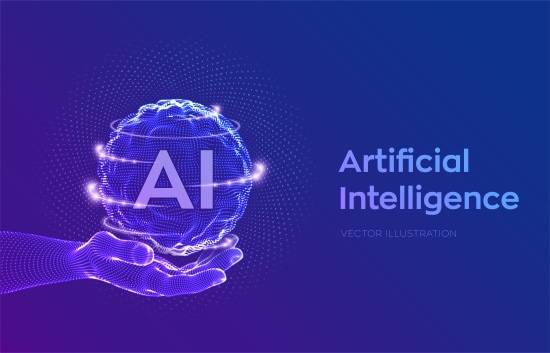AI models simulate intelligent behavior, performing tasks that require human intelligence. These models include machine learning algorithms, neural networks, and deep learning architectures. Using advanced algorithms and data, they learn, reason, and make predictions.
Most popular AI models are already changing the way businesses work. They find applications in healthcare, finance, language processing, and image recognition. Understanding them can help you or your company become efficient and more competitive. Read on to learn about different AI models and how they affect several fields. By the end, you'll also have answers to your questions about AI.
7 Common AI Models You Should Know
Regarding AI, various models help us solve daily problems in several industries. Let's explore seven different AI models that are commonly used today.
1. Linear Regression
This list of different AI models will start with Linear Regression. It is a supervised learning algorithm that helps you understand how one factor changes when another variable changes. With Linear Regression, you can make predictions for continuous or numeric variables.

Type of Decision Linear Regression
It comes in two types: simple and multiple Linear Regression.
- Simple Linear Regression. Here, you use one variable to predict another variable. It helps you understand how strong the connection is between the two variables.
- Multiple Linear Regression. Multiple Linear Regression goes beyond using just one variable. It considers several independent variables, whether they are continuous or categorical.
Example Use Cases
Linear Regression, as one of the different ai models, finds applications in various industries and fields, including:
- Finance. It helps to predict future stock prices by looking at past prices and other information.
- Marketing. Figuring out how different advertising strategies affect sales.
- Manufacturing. Linear Regression improves production processes by analyzing materials, machines, and time data.
2. Deep Neural Networks
Deep Neural Networks (DNNs) are one of the different AI models with interconnected nodes working together to solve problems. Deep Neural Networks have many layers, each improving on the previous one. The input and output layers are the visible ones. The input layer receives data, and the output layer gives the final prediction. As the network learns more, it becomes a deep neural network.
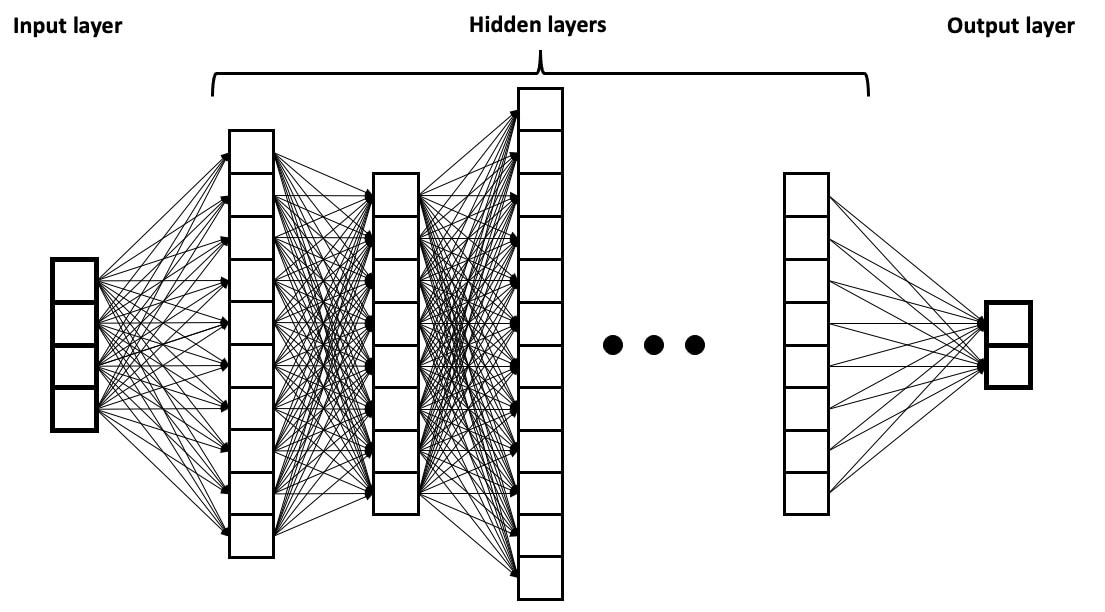
Example Use Cases
Being one of the most popular AI models, Deep Neural Networks find uses in many fields, such as these two:
- Autonomous Vehicles. Deep Neural Networks help self-driving cars see and understand the world around them. They can recognize objects, detect obstacles, and make wise decisions for safe driving.
- Natural Language Processing. They improve language translation, and voice recognition, making language-related tasks easier.
3. Decision Trees
One of the most popular AI models is Decision Tree. This AI model is perfect for classification and regression challenges. Imagine a tree-like structure guiding your decision-making process.
Starting at the root node, you can pose a specific question about the data. Branches lead to potential answers, with leaf nodes representing outcomes. This step-by-step journey continues until reaching a terminal node.
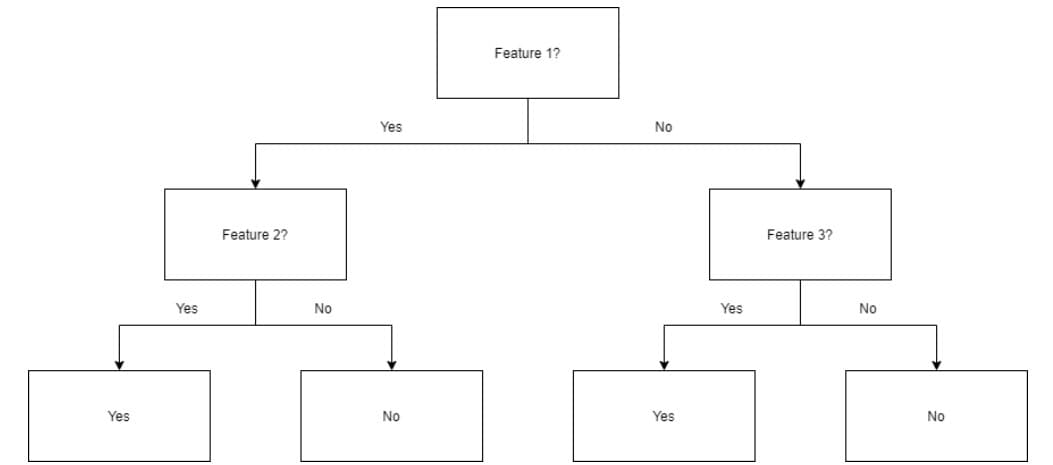
Type of Decision Tree Models
Just like the other types of AI models, it has two popular categories:
- Categorical Variable Decision Tree. Each node's decision guides the classification process. It results in data falling into a single category.
- Continuous Variable Decision Tree. This type focuses on categorizing new datasets into pre-defined classes rather than predicting a specific value.
Example Use Cases
Decision Trees find applications in various industries, including:
- Loan Approval. Banks' consideration factors include credit score, income level, and employment status.
- Fraud Detection. It helps institutions examine patterns and anomalies found in financial transactions.
4. Random Forest
A Random Forest is a group of different AI models called decision trees. These trees use a subset of data to make predictions. In regression tasks, the random forest averages the trees' forecasts. It chooses the category that appears most frequently as the final prediction for classification tasks.
The more trees in it, the more accurate the outcome. Then, the out-of-bag sample helps validate predictions. The dataset needs to have actual values to ensure the predictions are reliable. Also, the trees' predictions should have very low correlations. The Random Forest doesn't overfit because it combines the results based on the majority ranking.
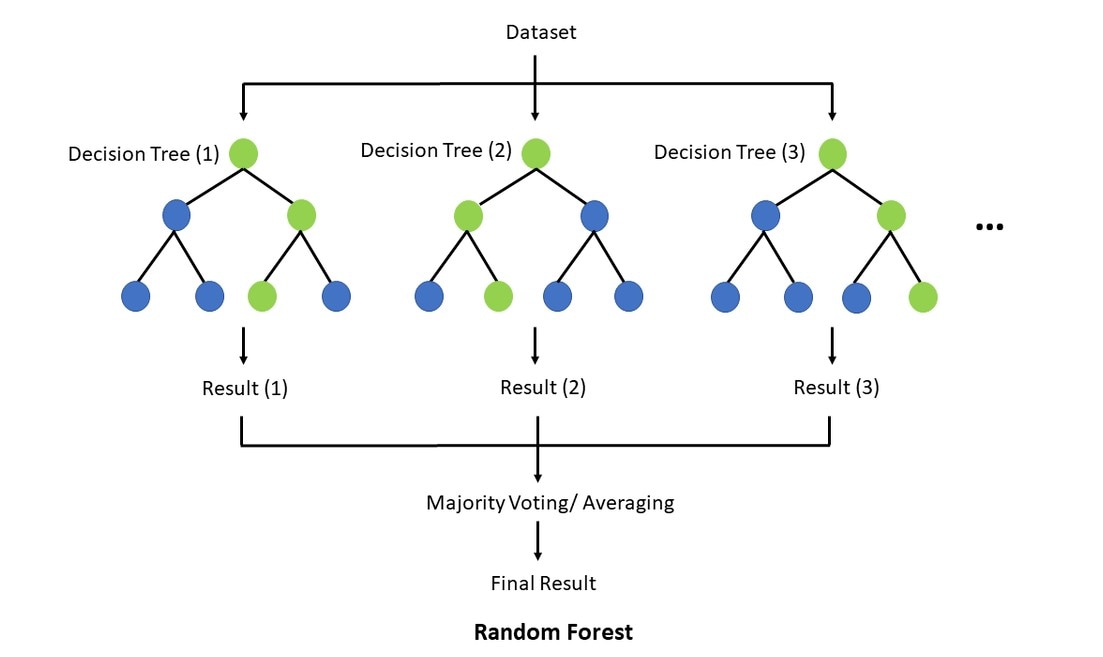
Example Use Case
Here is one application of the Random Forest AI model:
Healthcare
Decision-making in neural networks can sometimes be challenging to understand. But with different AI models like Random Forest, it is traceable. Health experts can analyze the reasons behind the decisions made by the Random Forest algorithm. It helps them explain cases where treatments might have adverse effects or unfortunate outcomes.
5. Naïve Bayes
Naïve Bayes classifiers belong to simple probabilistic models built upon Bayes' Theorem. And what sets it apart from different AI models is that it assumes independence among predictors. It works by predicting the likelihood of an object based on its probability of occurrence. Naïve Bayes shines in text classification, effortlessly handling high-dimensional datasets.
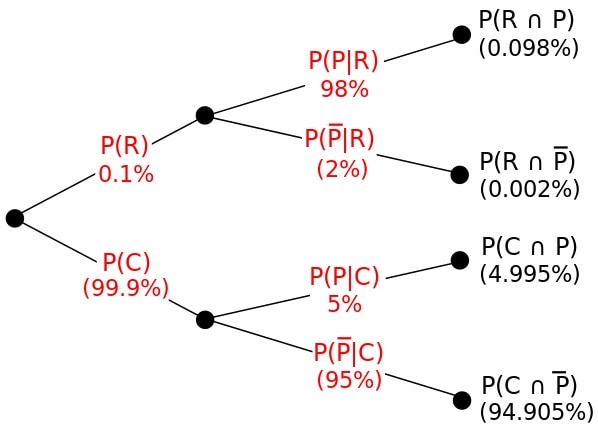
Types of Naïve Bayes Classifiers
Renowned as one of the most popular AI models, businesses rely on it extensively. Let's check its different types to enhance your understanding.
- Multinomial Naïve Bayes Classifier. This model leverages captured event frequencies from a multinomial distribution.
- Bernoulli Naïve Bayes Classifier. In this context, features refer to independent binary variables that describe the inputs.
- Gaussian Naïve Bayes Classifier. Here the AI model leverages continuous values for predictors rather than discrete values.
Example Use Cases
Here are some applications of the Naïve Bayes AI model:
- Real-time Prediction. In online retail, it can predict customer preferences in real-time based on their browsing behavior or purchase history.
- Spam Filtering. The model leverages text classification techniques to distinguish between legitimate and spam messages.
6. Logistic Regression
Among the different AI models, Logistic Regression predicts categorical outcomes using independent variables. It transforms the output into a probability value using the sigmoid function, ranging from 0 to 1. Several assumptions exist independence of observations, enough sample size, and absence of outliers.

Example Use Cases
Researchers compare different AI models to find the best solution for complex problems. Among these models is Logistic Regression, which finds applications in diverse fields. Let's explore some examples of how companies use this AI model.
- Hotel Booking. When it comes to hotel booking services, many features are categorical rather than numerical. For instance, all the company has is your origin and desired destination. Logistic Regression is well-suited for this situation. Companies can predict your travel plans even before you search for anything.
- Gaming. Gaming companies use Logistic Regression to suggest the equipment that gamers might like. They look at how people play games and use that information to make recommendations. The companies also consider what other gamers want and use that to help make suggestions.
7. K-Nearest Neighbors
The K-Nearest Neighbors (KNN) model is one of the most popular AI models. It classifies objects based on the classes of their nearby neighbors. KNN measures similarity by calculating the distance between points on a graph. The closer the points, the more comparable they are. Euclidean distance is commonly used to calculate the distance.
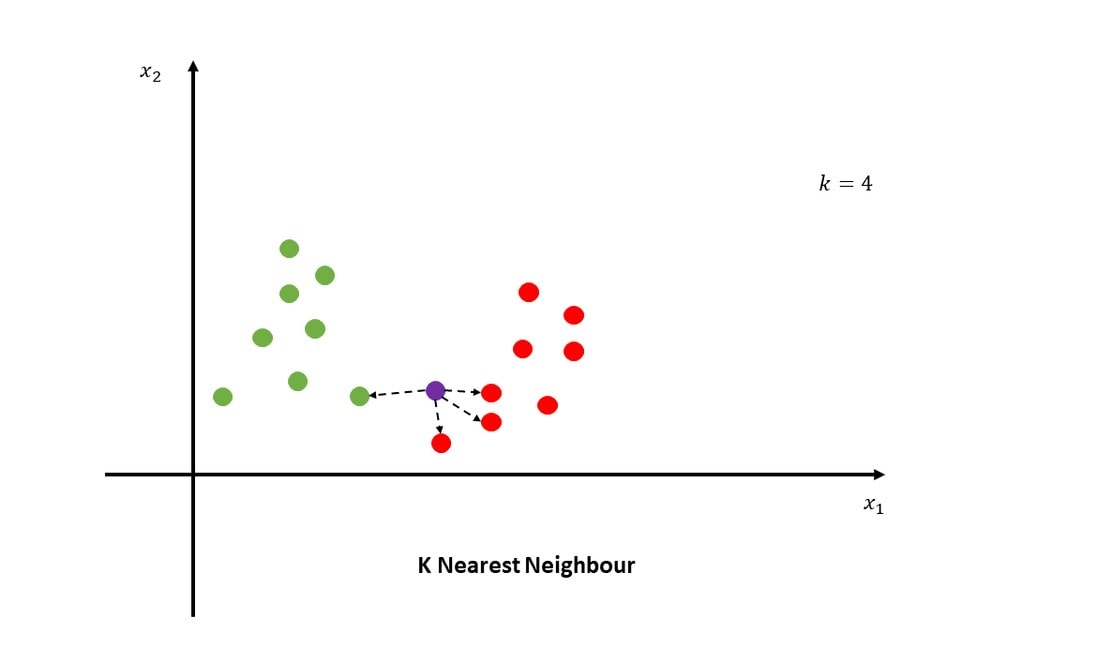
Example Use Cases
The K-Nearest Neighbors (KNN) model is one of the different AI models widely used in real-life scenarios due to its non-parametric nature. Unlike other AI model types, KNN doesn't make any underlying assumptions about data distribution. Let's delve into some real-life applications of this popular AI model.
- Pattern Recognition. Different AI models like K-Nearest Neighbors (KNN) help identify handwritten numbers on forms or envelopes. KNN is especially useful when getting labeled data is difficult or costly.
- Healthcare. Different AI models like K-Nearest Neighbors (KNN) help to predict prostate cancer and heart attacks. KNN analyzes gene expressions to determine the most likely outcomes.
More Related:
Anime Stable Diffusion Models
AI-Generated Fashion Models
Conclusion
There you have it, the seven different AI models used by several industries today. From Linear Regression, Deep Neural Networks to Decision Trees. There are also Random Forest, Naïve Bayes, Logistic Regression, and K-Nearest Neighbors. Each AI model has its way of predicting patterns and classifying objects.
Businesses should know the different AI models because they can help them in many ways. One is that AI models can improve operational efficiency. They can also enhance customer experiences through personalized recommendations and tailored interactions. With different AI models, businesses can stay ahead and grow in this data-driven world.

